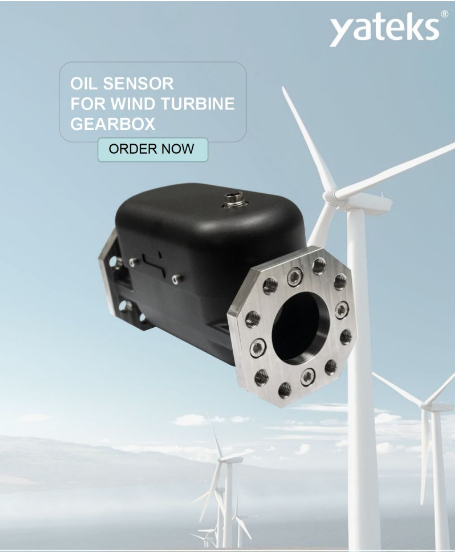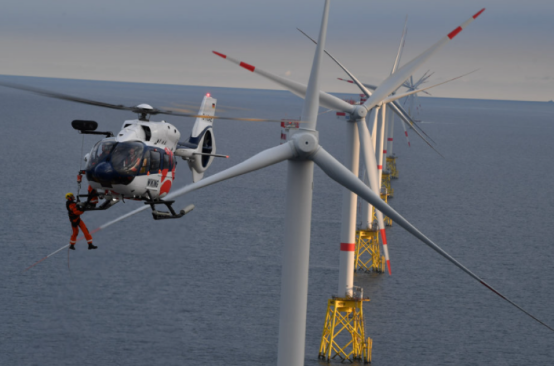In recent years, the rapid development of oil monitoring technology has been widely used to monitor the operation of large equipment. Realized unattended, remote detection, data visualization, intelligent analysis and early warning functions. What are the monitoring standards and specifications for hydraulic oil in wind power equipment? What are the maintenance items for the hydraulic system of wind turbines? What are the advantages of installing an oil monitoring system?
1.Monitoring standards and specifications for hydraulic oil in wind power equipment
Common standards and specifications are as follows:
- ISO cleanliness standard: the code ranges from 0 to 24, where 0 means the cleanest and 24 means the dirtiest.
- Viscosity standard: The viscosity of hydraulic oil should be within the range specified by the equipment manufacturer.
- Water content standard: The water content of hydraulic oil should be less than 0.1%.
- Acid value standard: The acid value of hydraulic oil should be within the range specified by the equipment manufacturer.
- Oxidation standard: Hydraulic oil should not show any signs of oxidation.
- Maintenance items of wind turbine hydraulic system
2. Maintenance items for wind turbine hydraulic systems typically include the following:
-
Regular oil sampling and analysis
Hydraulic oil should be sampled and analyzed on a regular basis. Check for contamination, moisture content, viscosity, acid value and oxidation.
-
Replace the hydraulic oil:
Hydraulic fluid should be changed according to the manufacturer’s recommendations, or when fluid analysis shows that the fluid is contaminated or degraded.
-
hydraulic filter
Hydraulic filters should be checked regularly and replaced if they become dirty or clogged.
-
hydraulic lines and hoses
Hydraulic lines or hoses should be inspected for leaks, cracks, or other damage.
-
hydraulic pump and motor
A hydraulic pump or motor should be checked regularly to make sure it is functioning properly and shows no signs of wear or damage.
-
hydraulic valve
Hydraulic valves should be checked for proper functioning and adjusted or replaced if necessary.
-
Hydraulic monitoring
Hydraulic pressure should be monitored regularly to ensure it is within specification.
-
hydraulic oil tank
The hydraulic tank should be checked regularly to ensure it is properly filled and the breather is clean and functioning properly.
3.What are the advantages of the wind turbine oil monitoring system
Wind gearbox fluid monitoring can provide several benefits, including:
-
Improve reliability
By monitoring the performance of wind turbines, maintenance teams can identify and fix potential problems before they lead to costly breakdowns. This helps to improve the overall reliability of the wind power plant.
-
Reduce maintenance costs
With real-time monitoring, maintenance teams can schedule maintenance tasks more efficiently and accurately. This helps reduce the frequency and cost of maintenance work required for wind turbines.
-
Enhanced security
Monitoring can help identify safety risks, such as loose bolts or damaged blades, which can be addressed before injury to personnel or equipment occurs.
-
Improve energy efficiency
By analyzing data from wind turbines, operators can identify areas where energy efficiency can be improved. For example, by adjusting the angle or rotational speed of the blades, operators can maximize the amount of energy a turbine can produce.
-
Better decision making
With access to real-time data, operators can make more informed decisions about how to operate wind turbines. This includes deciding when to shut down turbines due to high wind speeds or other weather conditions.
Overall, wind power equipment monitoring can help operators maximize wind turbine efficiency, reliability, and safety while reducing maintenance costs and improving decision-making. Yateks wind power sensor solution is relatively mature, if you have this demand, you can contact us.


